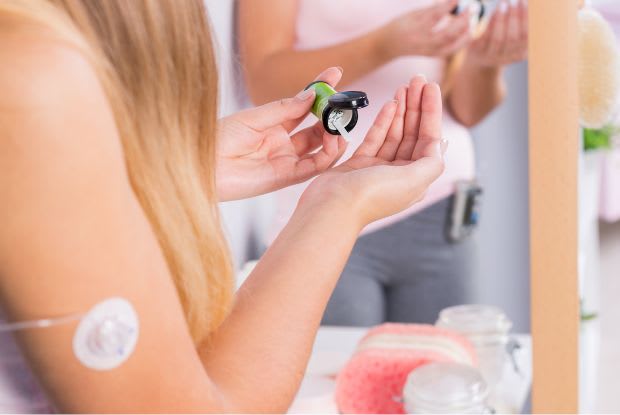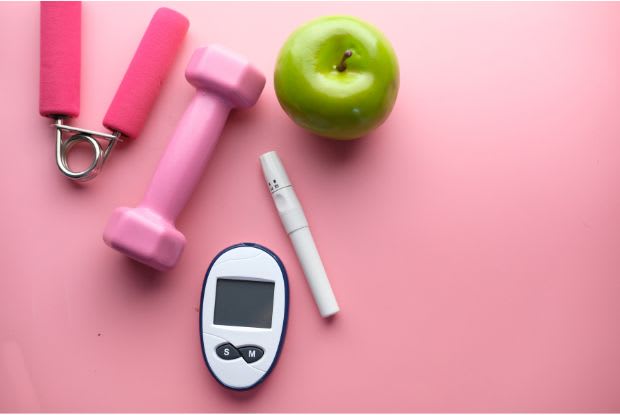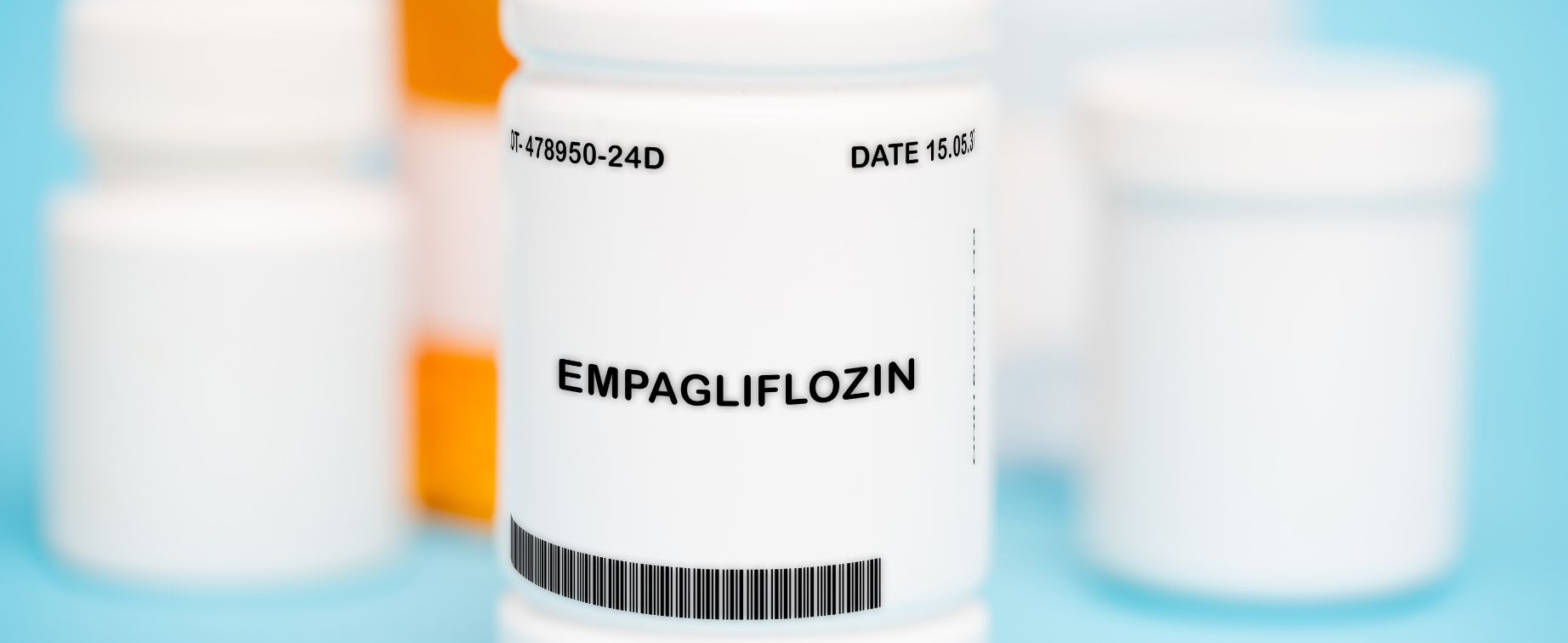Table of Contents
I. What is Jardiance Used For?
V. Jardiance and Lifestyle Changes
One of the most promising medications for managing type 2 diabetes is Jardiance. Initially approved to treat type 2 diabetes, Jardiance has recently gained additional approvals to reduce the risk of heart disease and slow the progression of kidney disease. [1] This is an important development, as type 2 diabetes significantly increases the risks of cardiovascular disease and kidney damage if left unmanaged.
In this article, we will explore how Jardiance works, its approved uses, potential side effects, dosages, and tips to maximize its benefits.
What is Jardiance Used For?
Jardiance has come a long way since gaining its initial FDA approval in 2014. [1] At first, it was only approved to treat type 2 diabetes in adults and children ten and older. However, the FDA has approved Jardiance for additional uses over the years based on strong clinical evidence.
- 2016: Jardiance was approved to lower the risk of heart-related death in adults with type 2 diabetes and heart disease. This was an important development, as the FDA estimates people with diabetes have a 70% higher chance of dying from heart disease than those without diabetes. [2]
- 2022: Jardiance was approved to lower the risks of heart-related death and hospitalization for heart failure in adults. [3] Studies show Jardiance can cut the risk of heart-related death by 38%. [4]
- 2023: The FDA approved Jardiance for the treatment of chronic kidney disease in adults. [5] This was an important milestone as one-third of people with diabetes will develop some level of kidney damage. [6] Clinical studies have found that Jardiance reduces the risk of kidney disease progression by 28%. [7]
Despite its expanding list of approved uses, Jardiance is not suitable for everyone. It should not be used by those with:
- Type 1 diabetes: Jardiance may increase the risk of diabetic ketoacidosis in individuals with type 1 diabetes.
- A glomerular filtration rate (GFR) below 30: Jardiance should not be used for patients with significantly reduced kidney function. A normal GFR is 90.
- Polycystic kidney disease, patients who received intravenous (IV) immunosuppressive therapy, and patients who received more than 45 mg of prednisone for kidney disease: Jardiance may not be effective in these cases. [1]
How Does Jardiance Work?

Jardiance contains an active ingredient called empagliflozin, which is an SGLT2 inhibitor. This means it blocks reabsorption of glucose in the kidneys. [1] Normally, SGLT2 proteins reabsorb about 90% of glucose from the urine back into the bloodstream. But for those with diabetes, too much glucose in the blood can be harmful. [8]
Jardiance prevents SGLT2 from reabsorbing excess glucose, causing it to be excreted in urine instead. [1] This helps lower high blood sugar levels, which provides several benefits.
- Lowers HbA1c levels: HbA1c is a measure of average blood sugar over three months. Lowering HbA1c reduces the risk of diabetes-related health issues.
- Provides cardiovascular benefits: High blood sugar can damage blood vessels and nerves that control the heart. By reducing glucose levels, Jardiance can help protect heart health. It is currently the only type 2 diabetes medication approved for lowering the chances of heart-related death or hospitalization due to heart failure. [1]
Jardiance Side Effects
As with any prescription medication, it’s important to be aware of side effects when taking Jardiance. If any concerning symptoms arise, it’s crucial to contact your doctor immediately.
- Urinary tract infections (UTI): UTIs can be severe and may require hospitalization. Notify your healthcare provider if you experience symptoms like a burning sensation during urination, frequent urination, lower abdominal or pelvic pain, or blood in your urine.
- Yeast infection: Women may experience symptoms like vaginal odor, abnormal discharge, or itching, while men may notice redness, itching, pain, discharge, or swelling of the penis. If you suspect a yeast infection, consult your doctor for appropriate treatment, which may include antifungal medication.
- Hypoglycemia (low blood sugar): If you are taking Jardiance alongside insulin or sulfonylureas, your risk of hypoglycemia increases. Be vigilant for symptoms such as headaches, drowsiness, weakness, dizziness, confusion, hunger, fast heartbeat, sweating, or feeling jittery.
- Diabetic ketoacidosis: This is a serious condition that requires immediate medical intervention. If you experience symptoms like nausea, vomiting, stomach pain, fatigue, difficulty breathing, or detect ketones in your urine or blood, stop taking Jardiance and contact your doctor right away.
- Dehydration: Jardiance can lead to water and salt loss in the body, so it's important to stay well-hydrated while on this medication. If you struggle to maintain fluid intake or experience symptoms such as dizziness, weakness, or excessive thirst, consult your healthcare provider. [9]
Jardiance Dosages
Jardiance is an oral tablet that comes in two strengths: 10 mg and 25 mg. [1]
When you first start Jardiance, your doctor will prescribe the lower 10 mg dose once daily. This allows them to see how your body responds to Jardiance. If you respond well and need additional glycemic control, they may increase your dosage to 25 mg once daily. [1]
While we’ve included FDA-recommended dosages below, keep in mind that your doctor will ultimately determine your dosage based on your medical history and kidney function. Their goal is to find the smallest effective dose.
- To reduce cardiovascular risks in people with heart failure, type 2 diabetes, or cardiovascular disease: Take 10 mg once daily in the morning, with or without food.
- To reduce kidney disease progression and cardiovascular risks in adults with chronic kidney disease: Take 10 mg once daily in the morning, with or without food.
- For glycemic control in adults and children ages ten and up with type 2 diabetes: Take 10 mg once daily in the morning, with or without food. If more glycemic control is needed, the dose can be increased to 25 mg once daily. [1]
Jardiance and Lifestyle Changes

To achieve optimal results with Jardiance, it is important to combine medication with healthy lifestyle choices, including exercise and diet. [1] Managing diabetes successfully requires a holistic approach, where lifestyle changes are just as crucial as taking medication.
- Physical activity: Physical activity plays a key role in diabetes management. Just 30 minutes of exercise per day can have a significant impact on lowering blood sugar levels and promoting weight loss.
- Weight Loss: Losing as little as 5 to 10% of excess body weight can greatly reduce the risk of developing diabetes.
- Nutrition: The foods you eat can directly impact your blood sugar levels. It is important to limit the consumption of simple carbohydrates found in sugary foods, cakes, sodas, and candies. These foods can cause a spike in blood glucose levels and should be consumed in moderation.
- Stress management: Effective stress reduction techniques can help prevent unhealthy behaviors that can exacerbate diabetes, such as overeating, excessive alcohol consumption, smoking, and inadequate sleep.
- Do not smoke: If you smoke, quitting should be a top priority. Smokers have a much higher chance of developing diabetes, and for those with diabetes, smoking accelerates the risk of diabetes-related complications like nerve damage, kidney disease, heart attack, stroke, and early death. [10]
Conclusion
Jardiance presents a valuable treatment option for managing type 2 diabetes. By inhibiting SGLT2 and promoting the excretion of glucose in urine, it can lower blood sugar levels and help mitigate the risks of diabetic complications.
The decision to start Jardiance should be made collaboratively with your healthcare provider after considering factors like kidney function, risk of urinary tract infections, and other potential side effects.
DISCLAIMER: The content in this article is intended for informational purposes only. This website does not provide medical advice. In all circumstances, you should always seek the advice of your physician and/or other qualified health professionals(s) for drug, medical condition, or treatment advice. The content provided on this website is not a substitute for professional medical advice, diagnosis or treatment.
